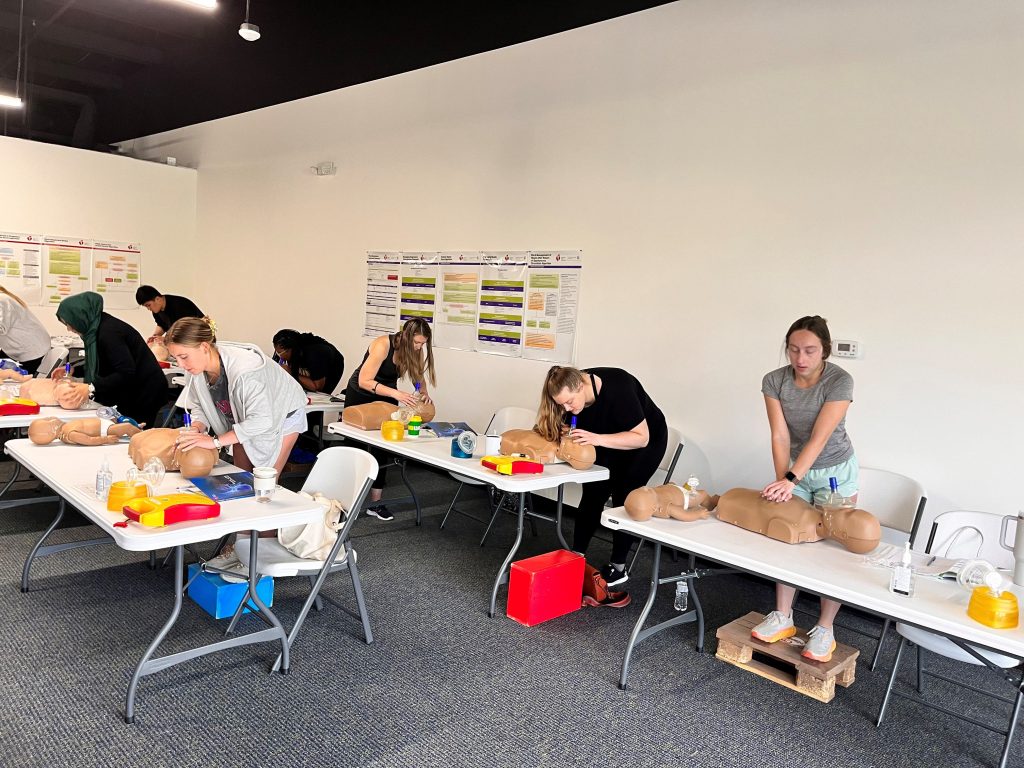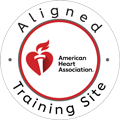Cardiopulmonary resuscitation (CPR) is a life-saving procedure that can make the difference between survival and death in an emergency. When a person experiences cardiac arrest, their heart stops pumping blood effectively, cutting off oxygen to vital organs. Immediate and high-quality CPR, especially chest compressions, helps maintain circulation until professional medical help arrives. Understanding the correct number of compressions for CPR is essential for ensuring the best possible outcome.
Different CPR guidelines exist based on age groups, as the anatomy and physiological needs of adults, children, and infants vary. Performing the correct compression-to-breath ratio is crucial in delivering effective CPR. Whether you are a healthcare professional or a bystander, knowing the appropriate techniques can save lives. If you are looking to get CPR-certified, CPR Classes Tampa provides expert training to help individuals gain the confidence and skills needed in emergencies.

Understanding CPR Compressions
Chest compressions play a vital role in CPR by manually circulating blood when the heart stops beating. Effective compressions help maintain oxygenated blood flow to the brain and other organs, increasing the chances of survival. The key to high-quality CPR is ensuring proper depth, rate, and full recoil between compressions.
Call Us Now
Get the Best CPR Class in Tampa Today!
Proper depth is critical to generate enough pressure to push blood through the heart and into circulation. The recommended rate of 100-120 compressions per minute ensures an adequate rhythm for blood flow. Full chest recoil between compressions allows the heart to refill with blood, making each compression as effective as possible.
Without high-quality compressions, CPR loses its effectiveness. Whether performing traditional CPR with breaths or hands-only CPR, proper technique is essential for maximizing survival rates.
Recommended Compression Ratios by Age Group
1. Adults
For adult CPR, the standard compression-to-breath ratio is 30 compressions to 2 breaths for both single rescuers and in most situations involving multiple rescuers. This guideline ensures that compressions remain the primary focus, as continuous circulation is crucial.
Compression rate: 100-120 compressions per minute
Compression depth: At least 2 inches (5 cm)
Hand placement: Center of the chest, using two hands for firm, deep compressions
Since adult cardiac arrests are often related to heart conditions, high-quality compressions are critical. In situations where the rescuer is untrained or uncomfortable giving breaths, hands-only CPR is recommended.
2. Children (1 year to puberty)
CPR for children follows a similar pattern to adult CPR, but with slight modifications to accommodate their smaller bodies and more flexible rib cages.
Single rescuer: 30 compressions to 2 breaths
Two rescuers: 15 compressions to 2 breaths
Compression rate: 100-120 compressions per minute
Compression depth: About 2 inches (5 cm)
When performing compressions on children, rescuers should use one or two hands, depending on the child’s size. The goal is to deliver effective compressions without excessive force.
3. Infants (Under 1 year)
CPR for infants requires even more precision due to their delicate structure. The compression technique differs between adults and children, who use fingers instead of the palm.
Single rescuer: 30 compressions to 2 breaths
Two rescuers: 15 compressions to 2 breaths
Compression depth: About 1.5 inches (4 cm)
Compression technique: Use two fingers for a single rescuer; two thumbs encircling the chest for two rescuers
Because infants have different causes of cardiac arrest—often related to respiratory issues—rescue breaths play a crucial role in their resuscitation. Proper technique and gentle compressions are essential to avoid injury while maintaining effective circulation.
Hands-Only CPR: When to Use It
Hands-only CPR is a simplified approach that involves performing continuous chest compressions without rescue breaths. This method is recommended in certain situations, particularly for untrained bystanders or when providing breaths is not possible.
Hands-only CPR is highly effective in cases of sudden cardiac arrest in adults, where immediate compressions can help sustain blood flow. Studies show that performing chest compressions without interruption can improve survival rates, especially when combined with early defibrillation using an automated external defibrillator (AED).
This technique is not ideal for children and infants, as their cardiac arrest cases often result from respiratory failure rather than heart-related issues. In such cases, providing breaths along with compressions is critical.
Common Mistakes to Avoid in CPR Compressions
While knowing the correct number of compressions is important, ensuring proper technique is just as crucial. Many rescuers make common mistakes that can reduce the effectiveness of CPR.
Inadequate depth: Shallow compressions fail to generate enough blood flow, reducing effectiveness. Always aim for the recommended depth based on the age group.
Incorrect hand placement: Hands should be centered on the chest for adults and children. For infants, finger placement is key to avoid causing injury.
Compressing too fast or too slow: Maintaining a rhythm of 100-120 compressions per minute is essential for effective CPR.
Not allowing full chest recoil: The chest must fully rise between compressions to let the heart refill with blood. Incomplete recoil reduces circulation.
Fatigue affecting compression quality: Performing CPR is physically demanding. Switching rescuers every 2 minutes can help maintain high-quality compressions.
By avoiding these common errors, rescuers can improve the quality of CPR and increase the chances of survival for cardiac arrest victims.
Why CPR Training Matters
Knowing how many compressions to perform is just one part of effective CPR. Hands-on training ensures that rescuers develop the skills and confidence needed to respond correctly in emergencies.
CPR certification courses provide structured training on proper technique, compression depth, hand placement, and rescue breathing. Additionally, professional courses allow participants to practice on manikins, receiving real-time feedback to improve their skills.
For those seeking expert instruction, CPR Classes Tampa offers stress-free, hands-on training tailored to different levels of experience. Whether you are a healthcare provider, a workplace safety officer, or a concerned parent, getting certified ensures you are prepared to act in a crisis.
Performing the correct number of chest compressions is a critical aspect of CPR. Whether for adults, children, or infants, following the proper compression-to-breath ratio and maintaining high-quality compressions can significantly improve survival outcomes.
By learning the correct techniques and practicing through professional training, anyone can be prepared to save a life. If you want to gain CPR certification and hands-on experience, consider signing up for a course at CPR Classes Tampa. Taking the time to learn CPR today could make all the difference in an emergency tomorrow.


